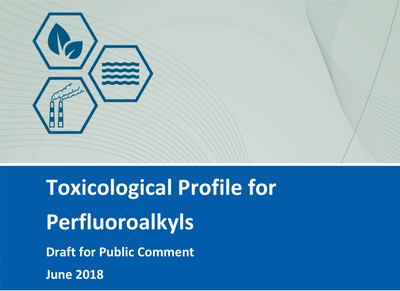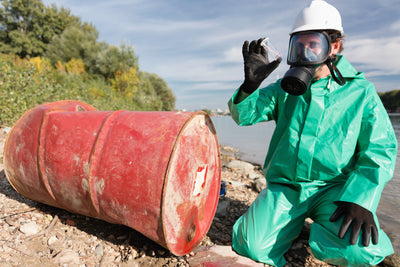Analies Dyjak | Policy Nerd
Updated July 18, 2019 to include current data
For Hydroviv’s assessment of Fresno, California’s drinking water quality issues, we aggregated water quality test data from the City of Fresno Water Quality Division, U.S. Environmental Protection Agency and supplemental health information. We cross referenced these data with toxicity studies in scientific and medical literature. The water filters that we sell at Hydroviv are optimized to filter out contaminants that are found in Fresno’s drinking water.
Where does Fresno Source its Drinking Water?
Fresno sources its drinking water from both groundwater and surface water sources. The city has 260 groundwater wells that draw water from the Fresno Sole Source Aquifer. Additionally, the city draws water from the Millerton and Pine Flat lakes which is delivered to the city via the Fresno Irrigation District canals.
Chromium 6 In Fresno’s Drinking Water
Fresno drinking water has some of the highest levels of Chromium 6 among major cities in the U.S. Chromium 6 is a highly toxic metal that is currently unregulated by the EPA. In the most recent Consumer Confidence Report, the city disclosed that the average concentration of Chromium 6 in drinking water was 2800 parts per trillion, and the highest level detected was 11,000 parts per trillion. For a bit of perspective, the California Water Boards previously set a public health goal of 20 parts per trillion for Chromium 6 in drinking water. Chromium 6 pollution is associated with metal processing, tannery facilities, chromate production, stainless steel welding, and pigment production. EPA has acknowledged that Chromium 6 is a known human carcinogen through inhalation, but is still determining its cancer potential through ingestion of drinking water. Lung, nasal and sinus cancers are associated with Chromium 6 exposure. Acute respiratory disease, cardiovascular, gastrointestinal, hematological, hepatic, renal, and neurological distress are health effects associated with high levels of chromium 6 exposure.
Synthetic Contaminants Found In Fresno's Drinking Water
1,2 Dibromochloroporpane (DBCP) is a banned nematocide that was developed as a replacement for DDT. It was banned in 1979 but is still extremely persistent in the environment. In this years water quality report the average concentration detected in Fresno's water was 27 parts per trillion and the highest concentration detected was 170 parts per trillion. For a bit of perspective, this level is just under the regulatory limit of 200 parts per trillion. DBCP is an endocrine disruptor that specifically effects the male reproductive system. Additionally, several industrial solvents were detected in Fresno's drinking water. 1,2 Dichloroethylene, Tetrachloroethylene (PCE), and Trichloroethylene (TCE) were among some of the present contaminants. Little is known about their carcinogenic potential or other adverse health effects. Many of these contaminants are the result of industrial discharge, the byproduct of dry cleaning ingredients, or used in metal degreasing.
Arsenic In Fresno’s Drinking Water
Arsenic is another carcinogenic heavy metal that was recently detected in Fresno’s drinking water. The 2017 Consumer Confidence Report disclosed that Fresno's water problems exceeded the California Public Health Goal of 0.004 parts per billion and was barely in compliance with the loose EPA Maximum Contaminant Level of 10 parts per billion. The highest level detected in Fresno’s water was 5.6 parts per billion and the overall average was 0.7 parts per billion. The Arsenic levels in Fresno were high enough that the city was required to make a statement in their report, notifying residents of the contamination. Arsenic is a toxic substance that is linked to a long list of health problems in humans, including various forms of cancer, and problems with the cardiovascular, immune, neurological and endocrine systems. Unlike several industrial chemicals, arsenic naturally occurs in bedrock. If you use a private well we highly recommend purchasing a filter to remove arsenic from your water.
It’s important to note that only a handful of contaminants are required to be included in annual Consumer Confidence Reports, and that there are hundreds of potentially harmful unregulated contaminants that aren’t accounted for. If you’re interested in learning more about water filters that have been optimized for Fresno’s tap water quality problems, feel free to visit www.hydroviv.com to talk to a Water Nerd on our live chat feature or send us an email at hello@hydroviv.com.
Other Articles We Think You Might Enjoy:5 Things To Know About Chromium 6 In Drinking Water
5 Things To Know About Arsenic In Drinking Water
Industrial Solvents In California's Drinking Water





